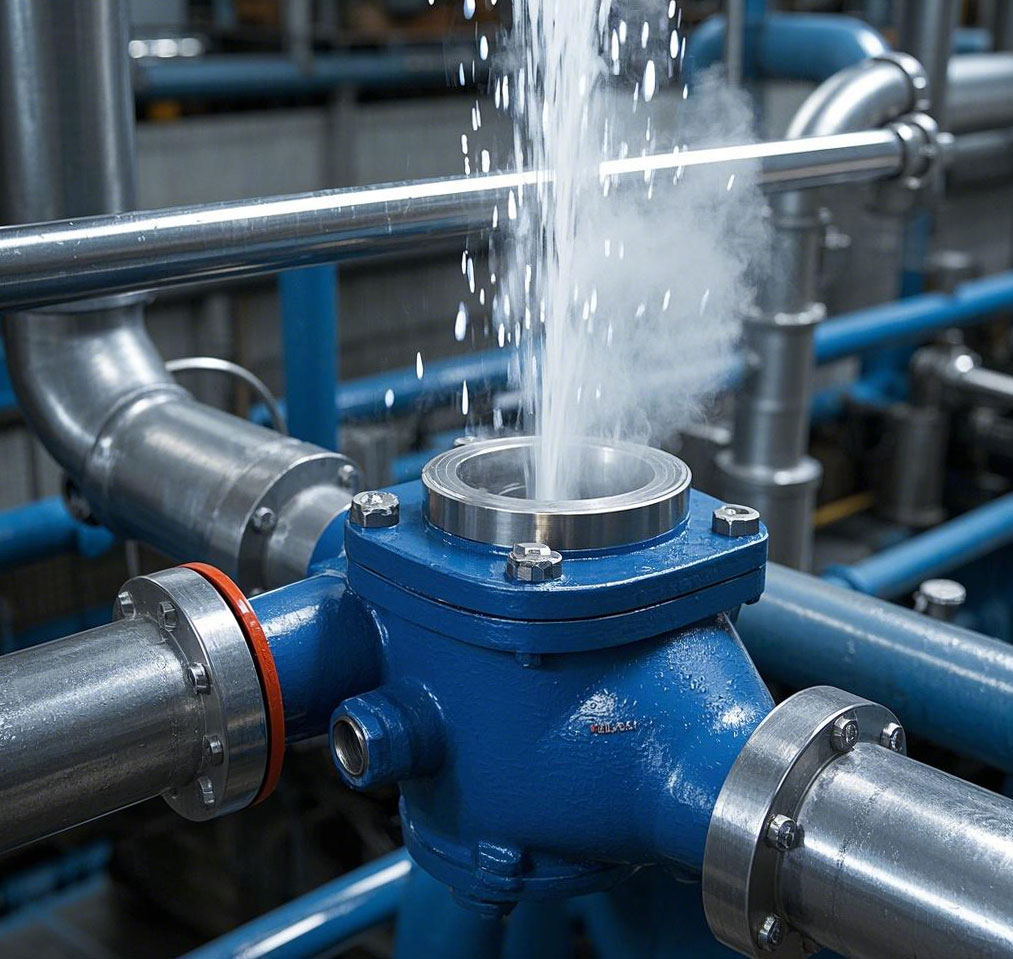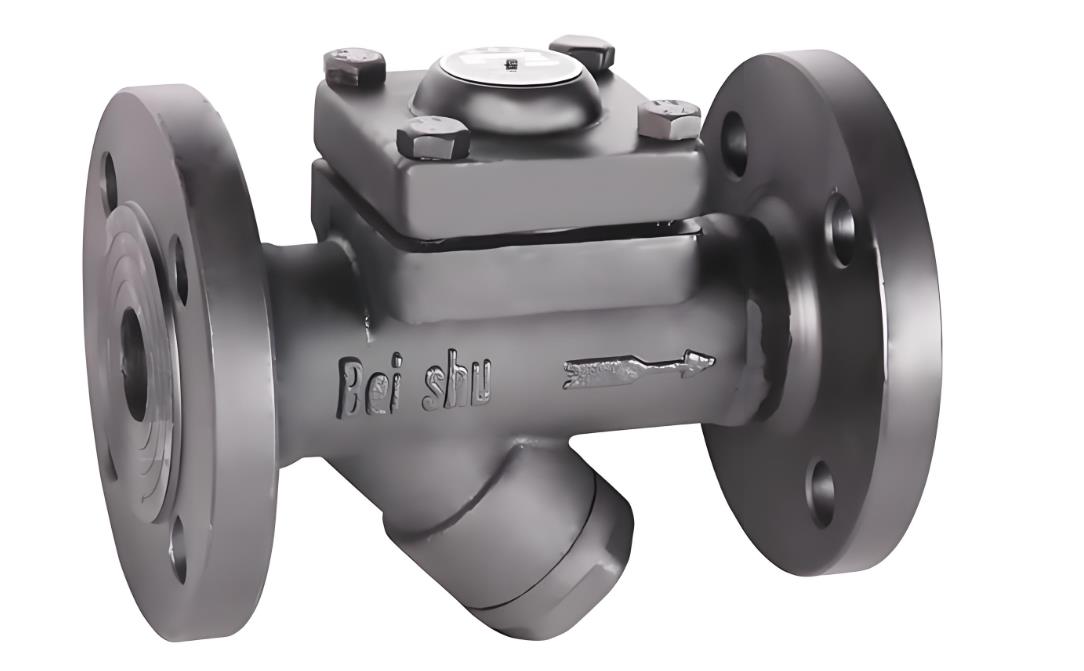The proper installation of a trap has a direct and significant impact on its operation and on the productivity of the equipment. In order to ensure that the trap and equipment work at optimum efficiency, it is important to follow the proper installation requirements.
Pipe Purging: Before installing the trap, the piping must be purged with pressurized steam to completely remove any debris from the piping to prevent clogging.
Installing a strainer: It is very important to install a strainer before the trap to prevent debris in the piping from clogging the trap. Also, remember to clean the strainer regularly to keep it clear.
Install valves: Install valves at the front and back of the trap so that when the trap needs to be serviced, the valves can be easily closed and operated.
Arrow markings: Ensure that the direction of condensate flow matches the arrow markings installed on the trap, as this is key to proper trap operation.
Installation at the lowest point: The trap should be installed at the lowest point of the equipment outlet to ensure that condensate can be discharged in a timely manner and to avoid vapor retardation in the piping.
Backwater Bend Setting: If it is not possible to install a trap at the lowest point of the equipment, a backwater bend (condensate lifting connector) can be added at the lowest point of the outlet to raise the condensate level before installing the trap, in order to prevent vapor retardation.
Outlet Pipe Location: The outlet pipe of the trap should not be immersed in water, as this may create a vacuum at the bend and cause sand to be sucked back. If it must be immersed in water, a hole can be drilled in the bend to break the vacuum.
Horizontal installation: Mechanical traps need to be installed horizontally to ensure proper operation.
Avoid Tandem Installation: Steam traps should not be installed in tandem, as this can affect their performance.
Individual Installation: Each piece of equipment should have a separate trap installed to ensure that it operates independently.
Subcooling Pipe Setting: Thermostatic traps require an uninsulated subcooling pipe of one meter or more in front of the trap, while other types of traps should be installed as close to the equipment as possible.
Drum type equipment: For drum type drying (with siphon type) equipment, a trap with an anti-vapor barrier should be used to prevent vapor locking of the equipment.
Recovery Main Access: If there is condensate recovery after the trap, the trap outlet pipe should be accessed from the top of the recovery main to reduce back pressure and prevent backflow.
Separate recovery: Lines with different pressure ratings should be separated for condensate recovery to ensure stable system operation.
Avoid climbing: The condensate recovery main after the trap should not be climbed, as this will increase the back pressure of the trap and affect its performance.
Installation of check valves: Check valves should be installed before the condensate after the trap enters the recovery main to prevent backflow of condensate.
Trap Settings: When installing a trap on steam piping, a condensate collection well close to the radius of the main piping should be set up in the main piping, and then a small pipe should be used to lead the condensate to the trap.
Anti-freezing measures: For mechanical traps that are not used for a long period of time, the drain screw should be removed and the water inside should be drained to prevent freezing.
Regular Inspection and Maintenance: If the trap is found to be running out of steam, it should be drained and the strainer should be cleaned in a timely manner. At the same time, it is important to inspect the trap diligently according to the actual usage and repair it at any time in the event of a malfunction. The trap should be overhauled at least once a year to remove any impurities inside and to ensure that the trap is always in good working condition.
Although the trap is considered a small accessory in the steam system, it has a great impact on the efficiency and economic operation of the system. For this reason, trap maintenance and overhaul is also critical. Only by fully emphasizing the important role of traps in production, and by overhauling them diligently so that they are often in good working condition, can we ensure that we achieve optimal energy savings and improved economic efficiency.
Trap Installation Guide and Maintenance Points



